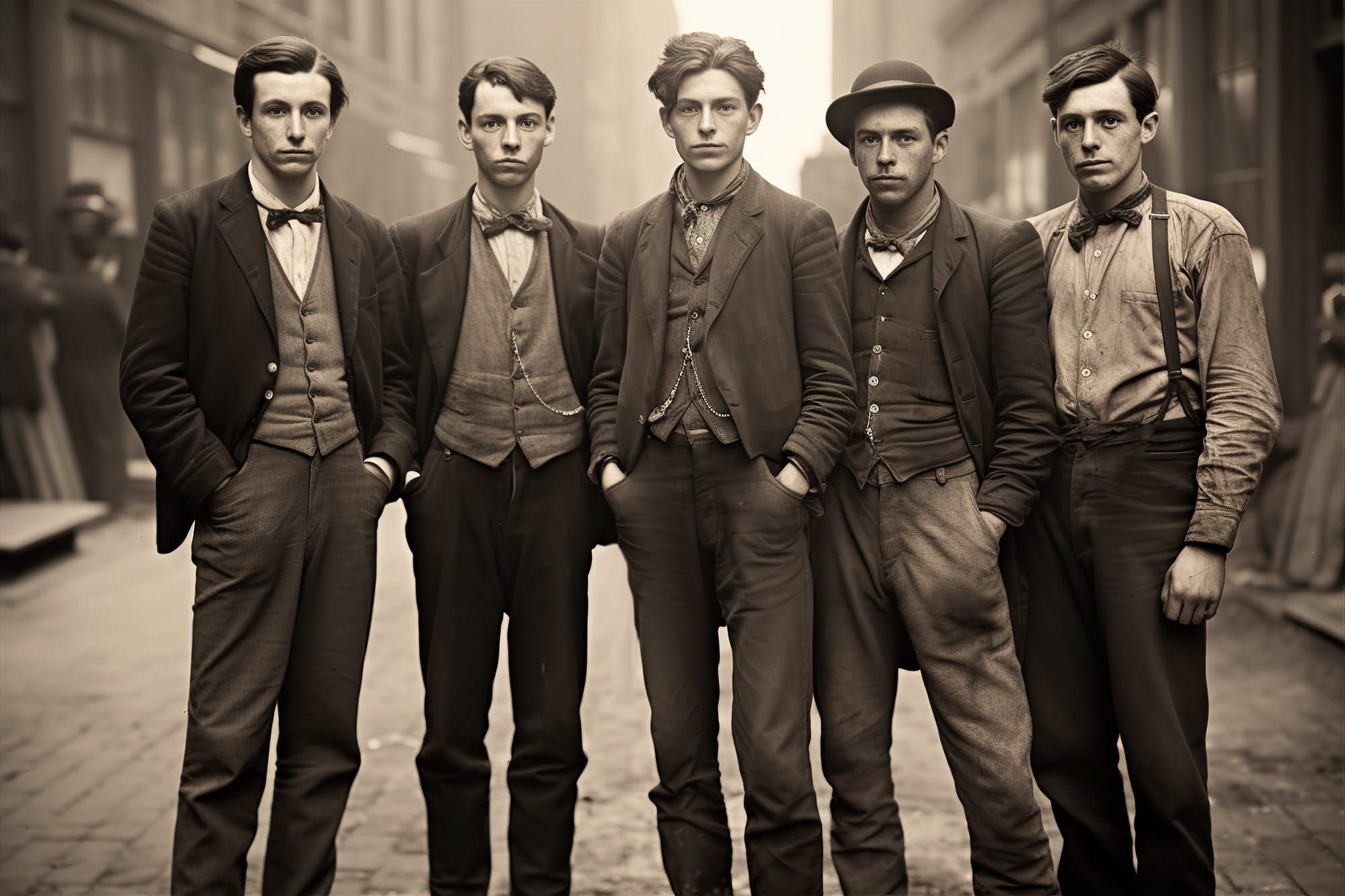Queer History: The Vere Street Coterie
Let's not forget our past.

The Vere Street Coterie were a group of men arrested at a molly house in Vere Street, London in 1810 - the premises was raided on 8 July.
‘Molly house’ was the term used at the time to describe a gay bar. The molly house in Vere Street was called The White Swan. Established in early 1810, The White Swan had been in operation for about six months at the time of the police raid.
The men arrested at The White Swan were accused of sodomy - at that time, if you were convicted of sodomy then the punishment was death.
Twenty-seven men were arrested that night. The majority of them were released – most likely because they were able to pay the bribes that were commonly demanded by police at that time.
Eight men were convicted. Two of them were hanged as punishment for sodomy, and six were pilloried as punishment for attempted sodomy. To be pilloried was to be locked into wooden stocks for public humiliation and physical abuse.
The two men convicted of sodomy were John Hepburn, aged 46, and Thomas White, aged 16.
There is some suggestion that neither Hepburn or White was present at the White Swan on the night of the raid, and it’s unclear how they came to be included in the Vere Street trial. It’s possible that one of the other defendants offered their names as a way of securing release or a lesser charge.
Hepburn and White were hanged at Newgate Prison on 7 March, 1811.
Along with Oscar Wilde’s imprisonment, the arrests at The White Swan in Vere Street was one of the major events in gay history in England during the 19th century.
